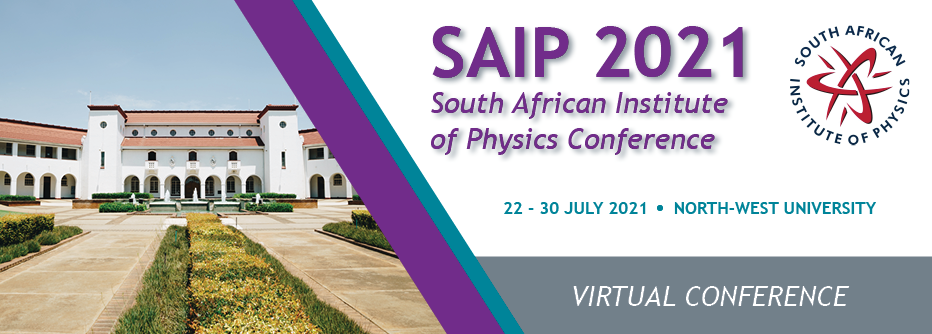Speaker
Description
X-ray Computed tomography (XCT) is a technique that is used to generate 3D images of a sample which allows the observation of the internal structure [1]. Projections are collected as the sample rotates through 360 degrees followed by a reconstruction step using algorithms such as the filtered back-projection. This technique has found widespread applications in fields such as medical diagnostics, palaeontology, geology, anatomical science and materials science. Samples with high-density inclusions can produce data with artefacts, such as streaks and noise [2]. We report an investigation on the effects of adding an image processing step before performing computed tomography reconstructions. We have acquired projections with a micro-computed tomography scanner and carried out image processing functions for the improvement of the quality of the data output. We have obtained a paleontological specimen with a significant amount of iron inclusions which cause bright and dark streak artefacts. We have applied several filters to alter the projections before reconstruction. The results so far show that the minimum filter, median and median filter reduces the noise and streak artefacts in the specimen. The Gaussian smoothing filter also successfully reduces the noise in the images, but the streak artefacts are still significantly visible. The unsharp mask filter enhances the edges in the images and reduces the streak artefacts significantly. However, this filter in nature enhances other high-frequency components in an image, and as such, the noise is also accentuated. We also report the use of alternative reconstruction algorithms using the ASTRA toolbox to reduce the effects of high-density inclusions.
Apply to be considered for a student ; award (Yes / No)?
Yes
Level for award;(Hons, MSc, PhD, N/A)?
MSc

